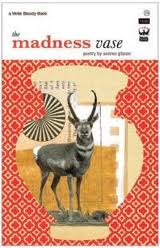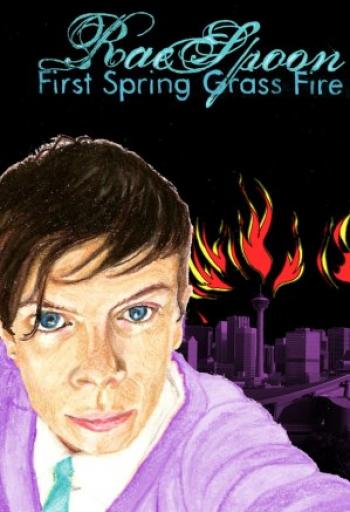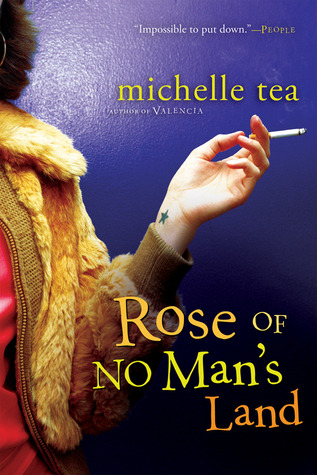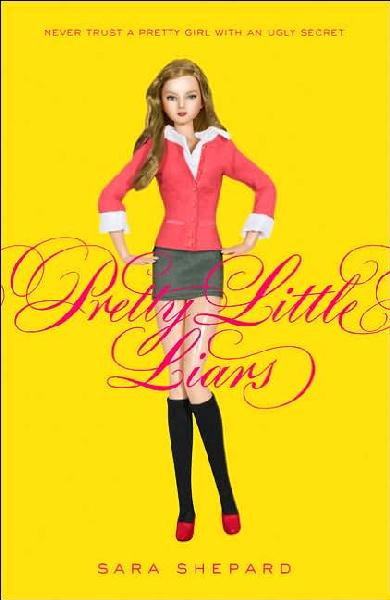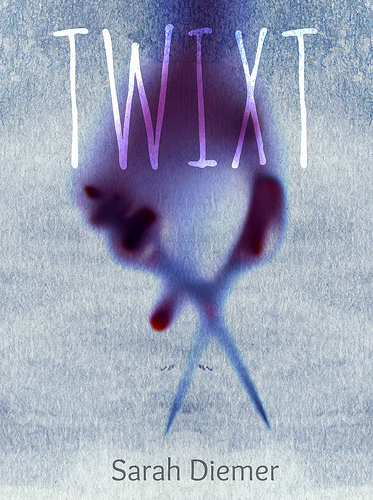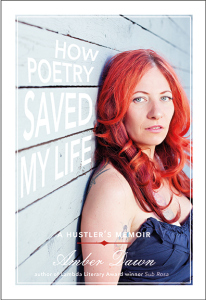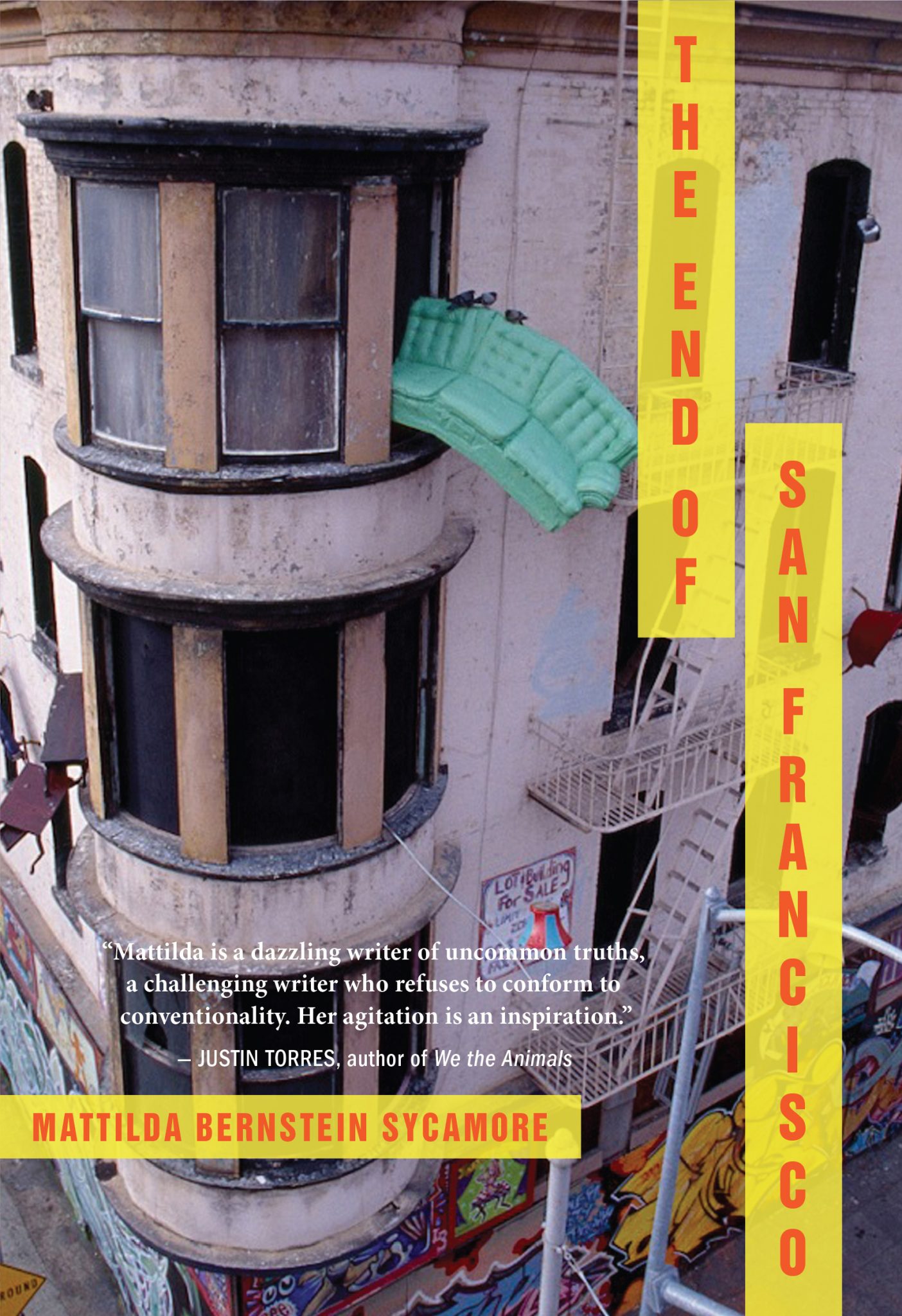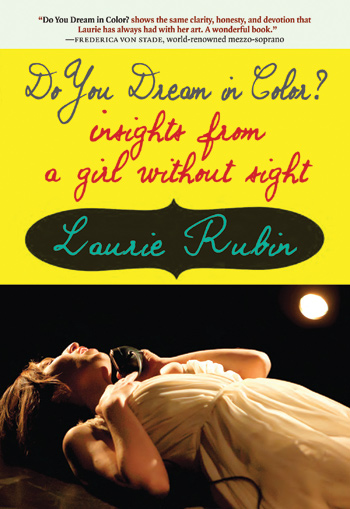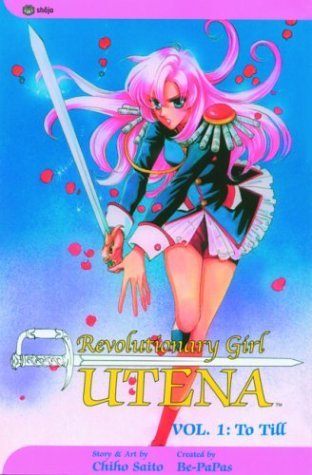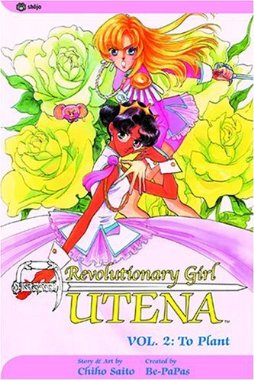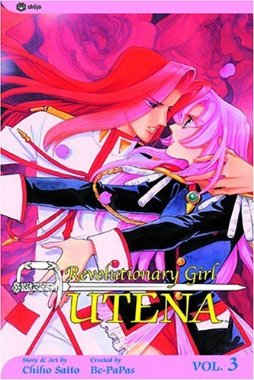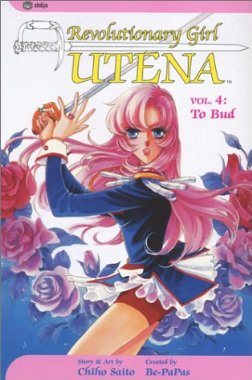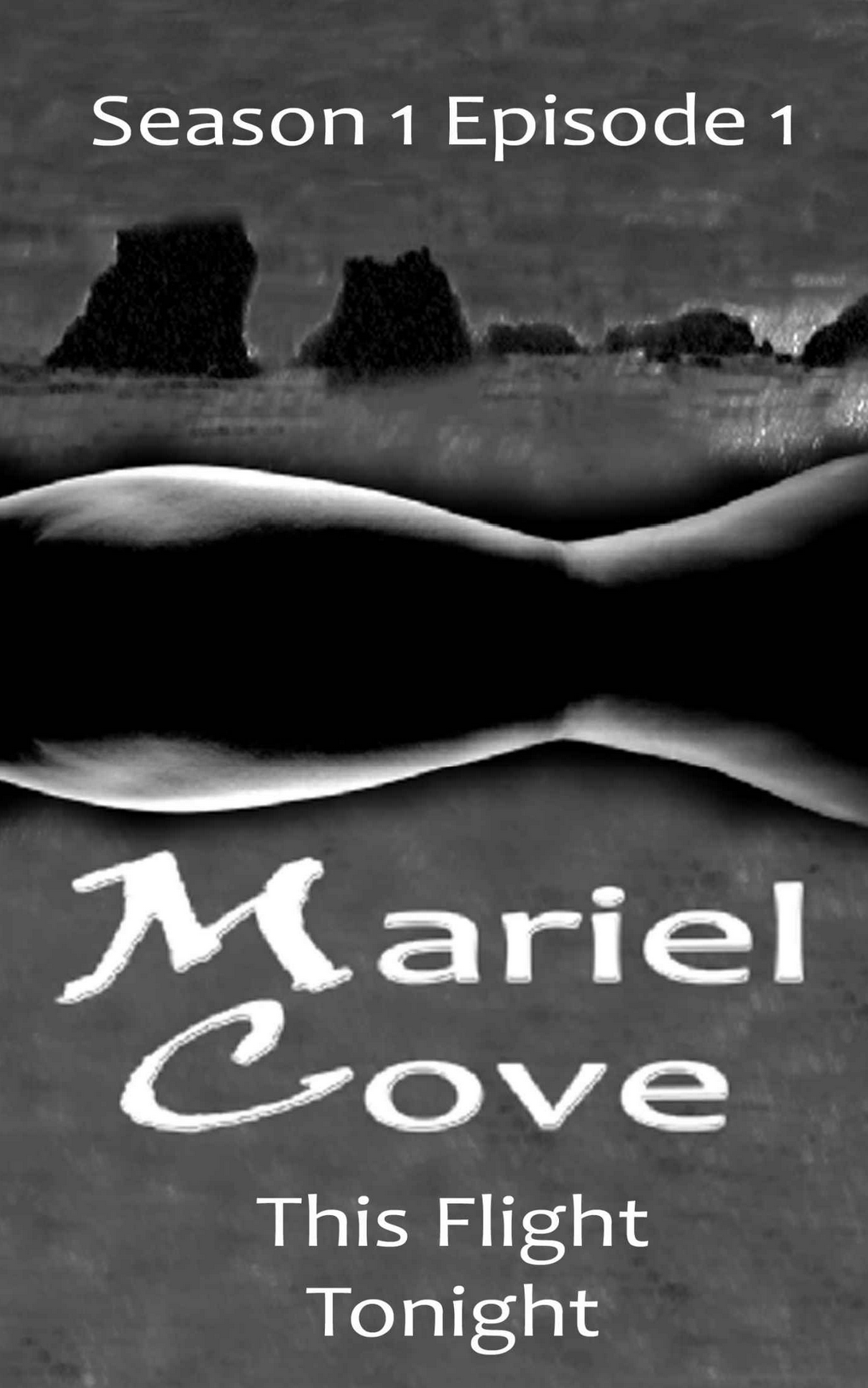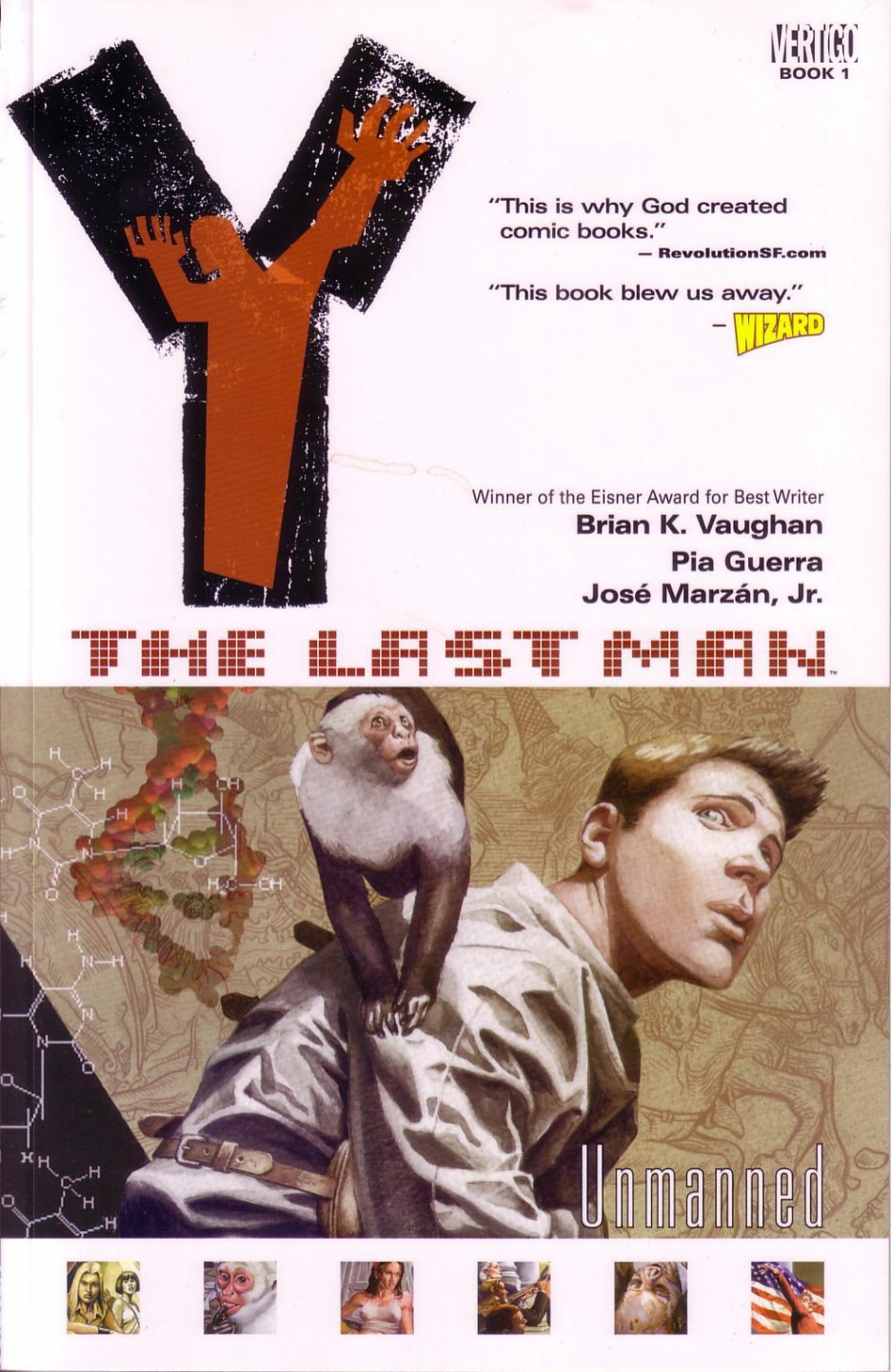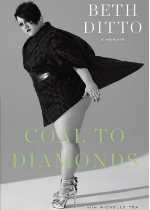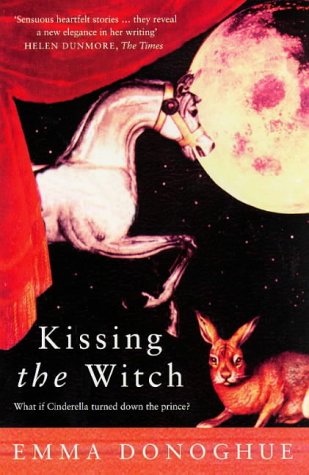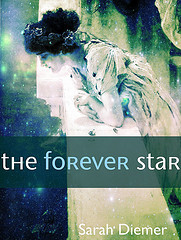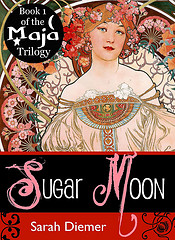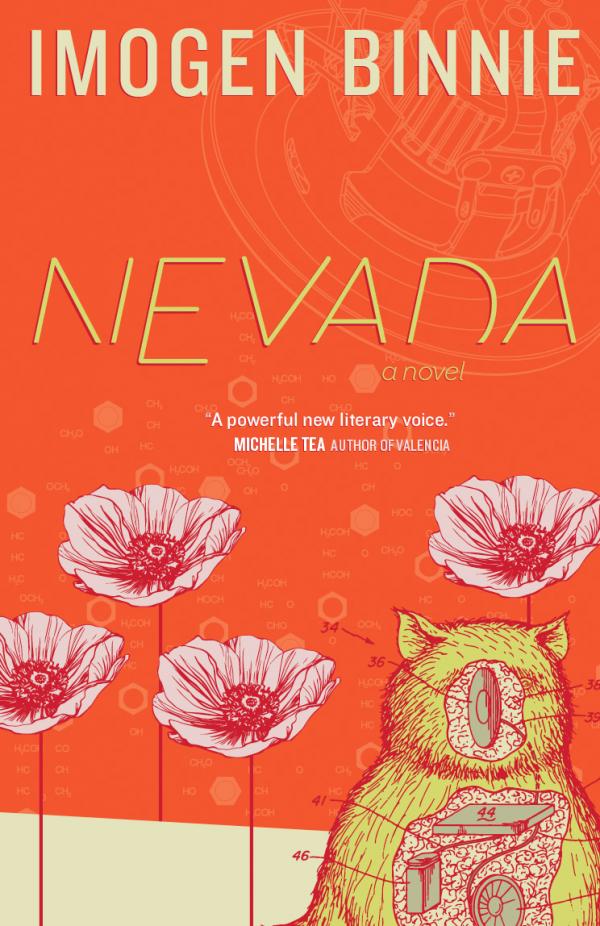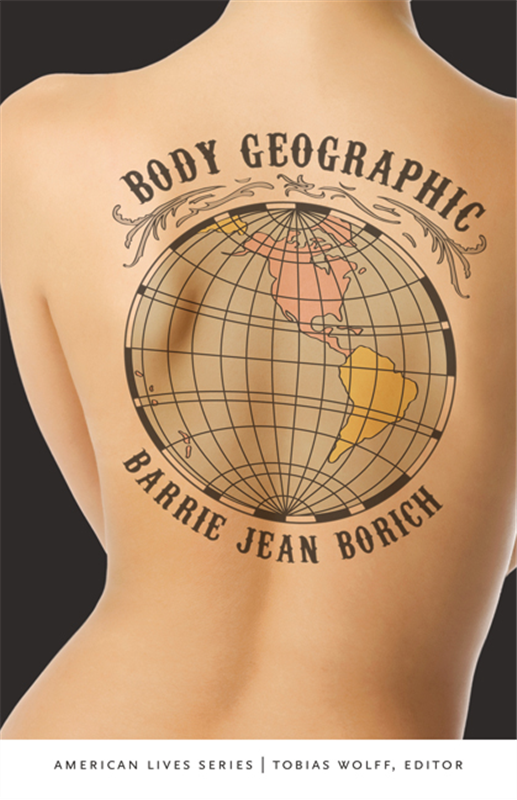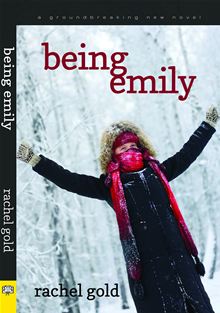Autostraddle posted Poet and Activist, Andrea Gibson: The Autostraddle Interview and Liberty Lit #17: You Hate The Word “Moist” For A Reason.
ELIXHER posted Black Enterprise April Cover Features Lesbian Couple.
Lambda Literary posted Lammy Finalist Readings 2013.
Piercing Fiction posted It’s time to be more discriminating in [lesbian] books. (I loved this article. I think it’s really necessary.)
Queer Books Please posted Episode 12 – What Not To Read (when you’re first coming out) and An Informal Guide on Finding More Books to Read (without depending on Amazon or Goodreads) (This is another article I really recommend!).
Queer Women of Color Media Wire posted Nominate Your Favorite Queer Women, Gender Non-Conforming, and Trans POETS of Color.
Women and Words posted Alice In Rainbowland – My Venture and Adventure to the Rainbow Book Fair by Doreen Perrine.
“10 LGBT-Themed Novels That Every Student Should Read” was posted at Flavorwire.
The Rainbow Book Fair is happening April 13th in NYC.
Kelli Jae Baeli posted Lesbian Readers & Writers.
A video of Ivan Coyote and Rae Spoon performing Gender Failure was posted at BFI. Ivan was also reviewed at BC Bookworld.
Sarah Diemer posted Sneak Peek at TWIXT: First Chapter Download + Book Trailer! and a post about who can read lesbian books.
Malinda Lo posted I’m all over the internet this week and Diversity in 2012 Young Adult Bestsellers.
Slices of Life by Georgia Beers was reviewed at Piercing Fiction.
Waiting Up for the End of the World: Conspiracies by Elizabeth J. Colen was reviewed at Lambda Literary.
How Poetry Saved My Life by Amber Dawn was reviewed by Casey the Canadian Lesbrarian.
Snapshots of a Past by Julia Jay was reviewed at Lesfic Insomniac (plus interview!).
Second Chances by Eliza Lentzski was reviewed at Lesfic Insomniac (plus interview!).
Do You Dream in Color?: Insights from a Girl Without Sight by Laurie Rubin was discussed at Curve Magazine.
The End of San Francisco: a Memoir by Mattilda Bernstein Sycamore was discussed at The Capitol Hill Times.
For even more links, check out the Lesbrary’s twitter page! We’re also on Facebook and tumblr.
This post has the covers linked to their Amazon pages. If you click through and buy something, I might get a small referral fee.


